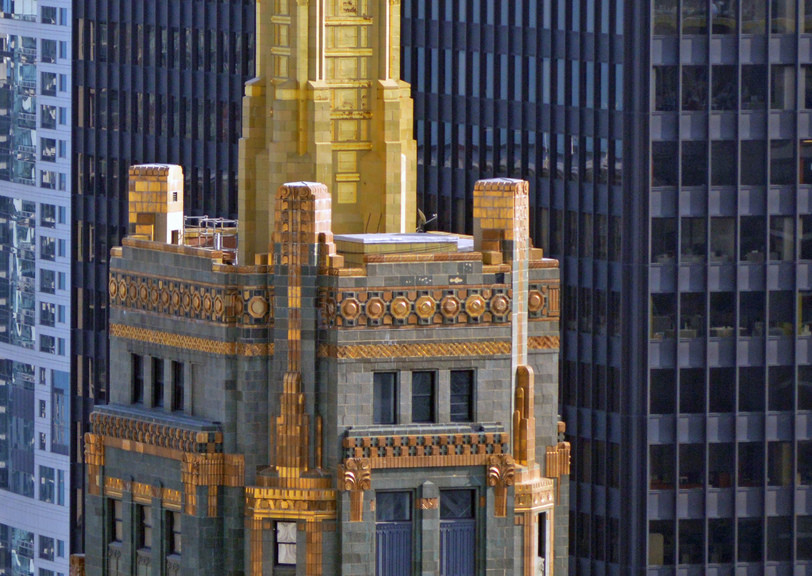
When it comes to architecture, Chicago sure has them all. With structures all over the city that display a wide range of different architectural styles, it is definitely ripe and ready to be known as an architectural mecca. In fact, the city recently announced its intent to exhibit the city in its full architectural glory this October, the start of a regular event for years to come if the first one works as planned. So grab a Universal Taxi and start hopping on some of these architectural wonders and be part of Chicago’s rise to architectural history:
- The Pavillion at Lincoln Park Zoo South Pond (by Studio Gang Architects). It was mainly inspired by a tortoise shell, as it was made from prefabricated bent wood and interconnected fiber glass pods.
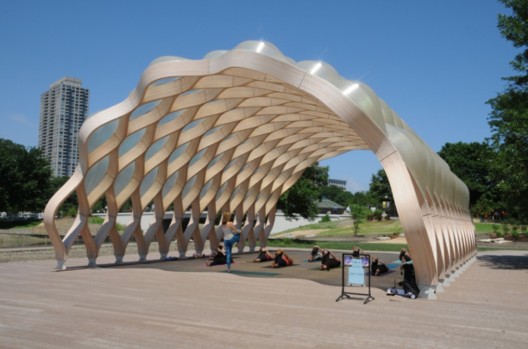
- Marina City (by Bertrand Goldberg). A mixed bag of commercial and residential complexes, it takes up an entire block on State Street. It is unique because of the fact that it does not contain any interior right angles.
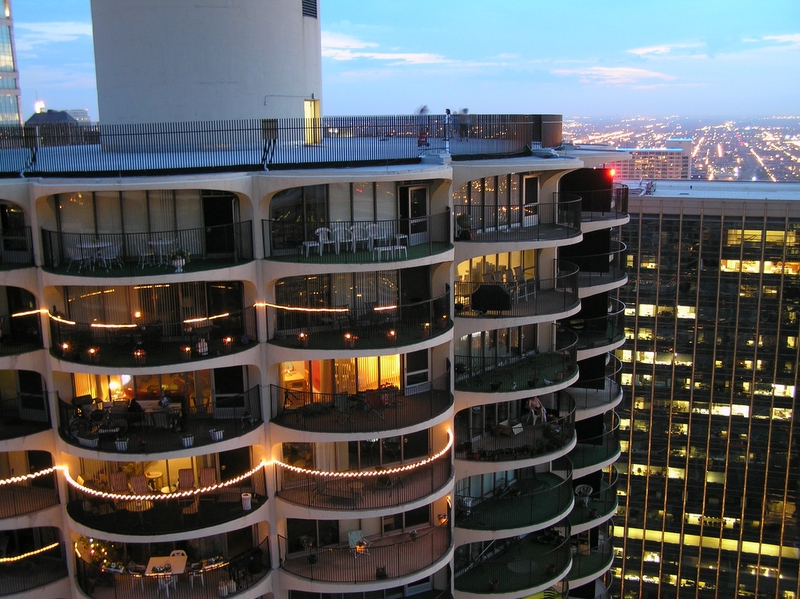
- Carbide and Carbon Building (by Daniel Burnham Jr.and Hubert Burnham). The building exterior is covered with polished black granite while the tower is a dark green terra cotta. The structure is defined by the gold leaf accents found on the tower.
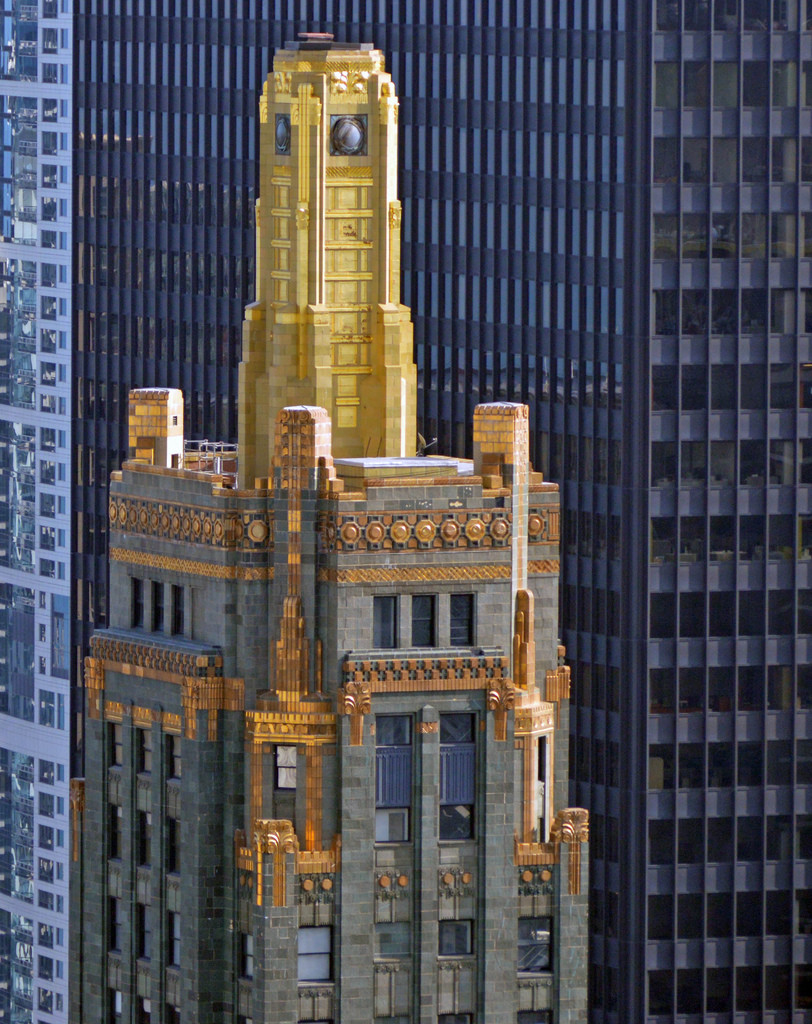
- Pritzker Pavillion (by Frank Gehry). Formally known as the Jay Pritzker Pavillion, it serves as a band shell at the Millennium Park. This is where the country’s only remaining free outdoor classical music series are held.
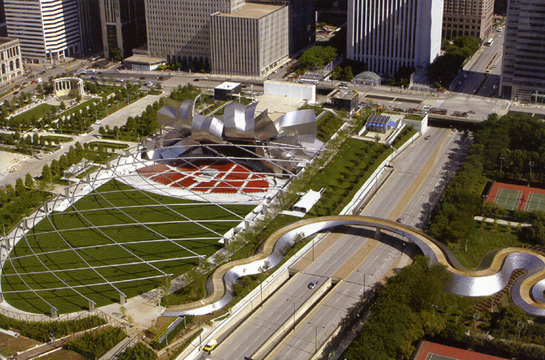
- The Crown Hall at the Illinois Institute of Technology (by Mies van der Rohe). A true architectural beauty, it is no surprise that it houses the IIT’s College of Architecture.
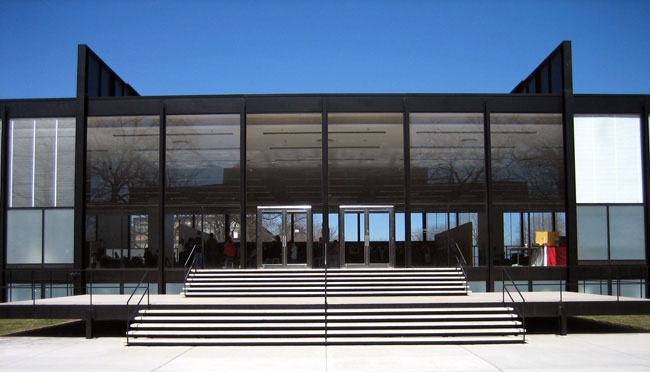
- Robie House (by Frank Lloyd Wright). A National Historic Landmark found within the University of Chicago campus, it is seen as the best example of the Prairie School style.
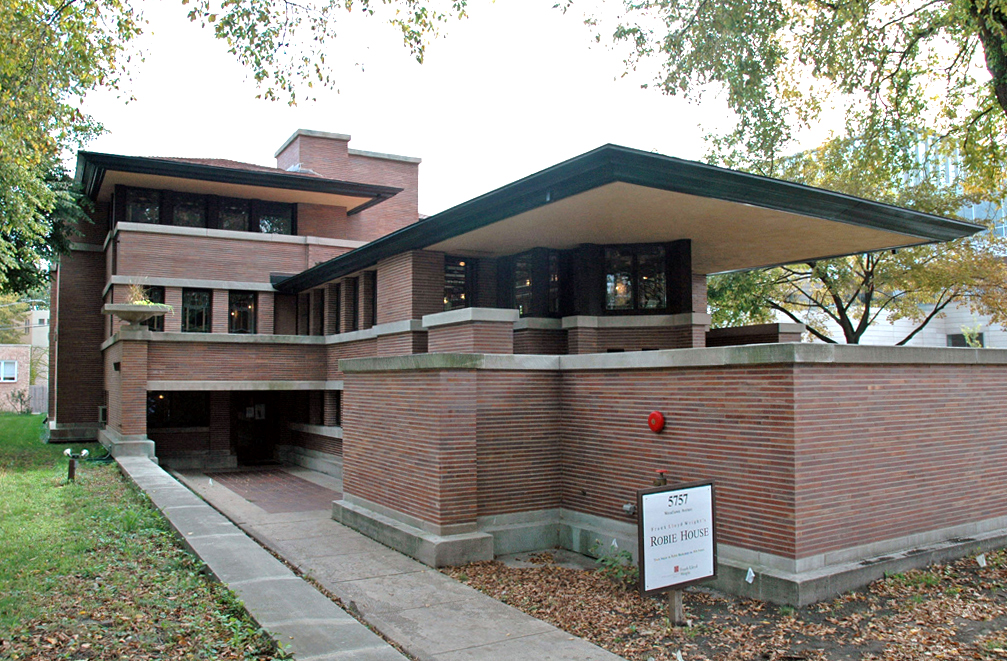
- Inland Steel Building (by Skidmore, Owings & Merrill). Using brushed stainless steel cladding with all structural columns found outside the building perimeter, the building’s interior is fully flexible with an open layout and no interior columns standing in the way.
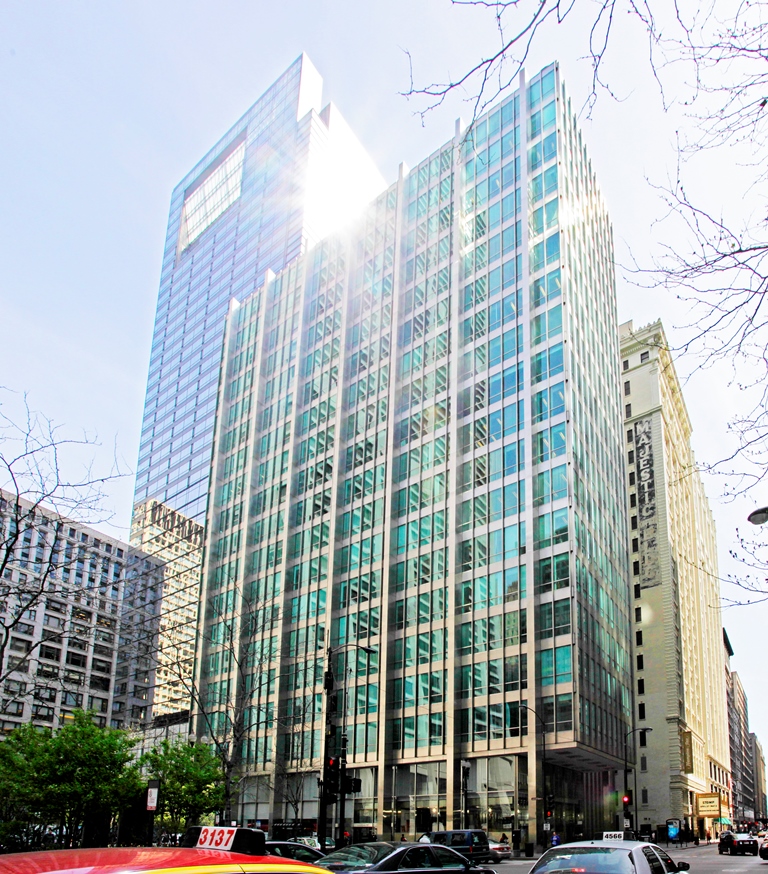
- Carson, Pirie, Scott & Co.Building (by Louis Sullivan and Daniel Burnham). Now known as the Sullivan Center, it was first developed after the Chicago Great Fire of 1871.
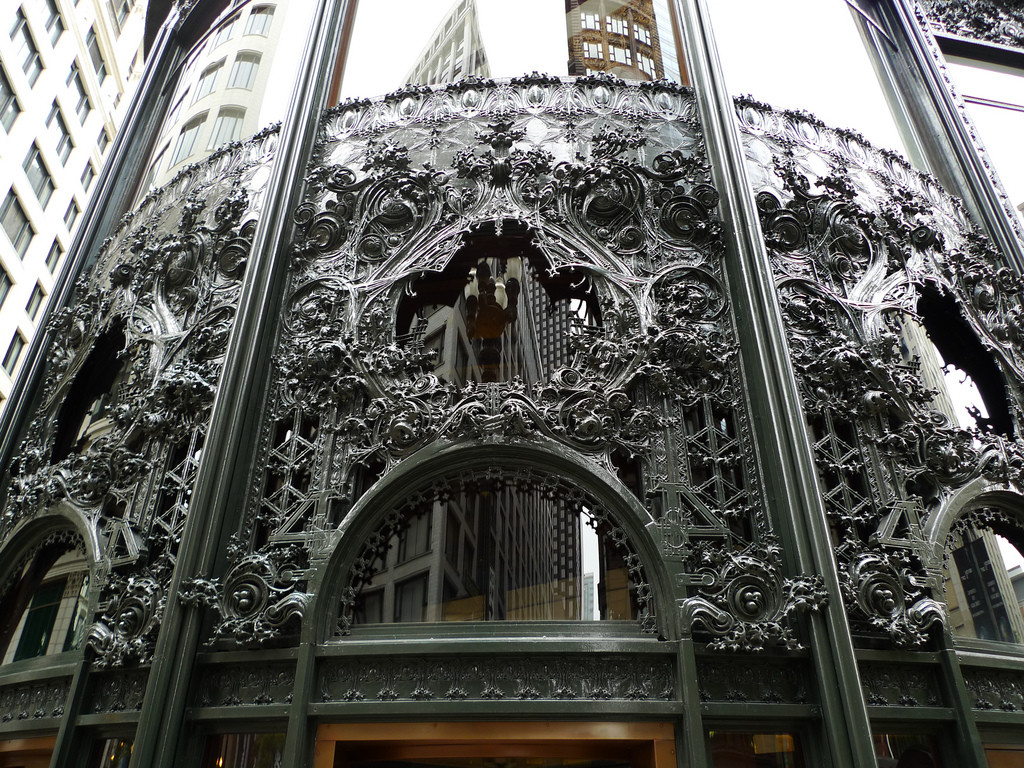
- Lake Point Tower (by John Heinrich and George Schipporeit). A high-rise residential structure found right at Lake Michigan’s lakefront, it was inspired by Mies van der Rohe’s glass-curtained skyscraper design in Berlin in 1922.
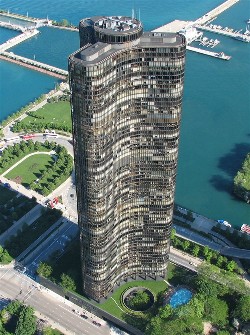
- Chicago Cultural Center (by Shepley, Rutan and Coolidge). One of the city’s most popular landmarks, it was designed for the city’s central library in 1892, as well as to become the Grand Army of the Republic meeting hall.
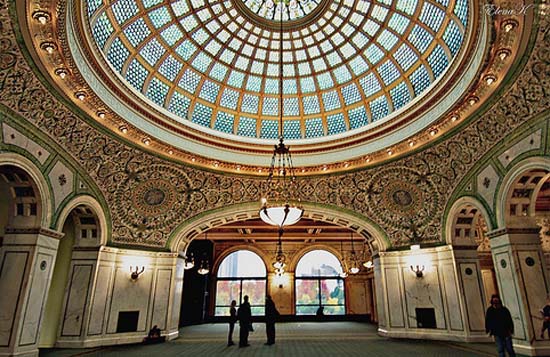
These do not even cover half of the magnificent structures that are strewn all over the city, and an entire day would not be enough to marvel at each of these beauties. So the next time you’re in Chicago, just ask a Universal Taxi driver to show you the architectural sites and brace yourself to be blown away.
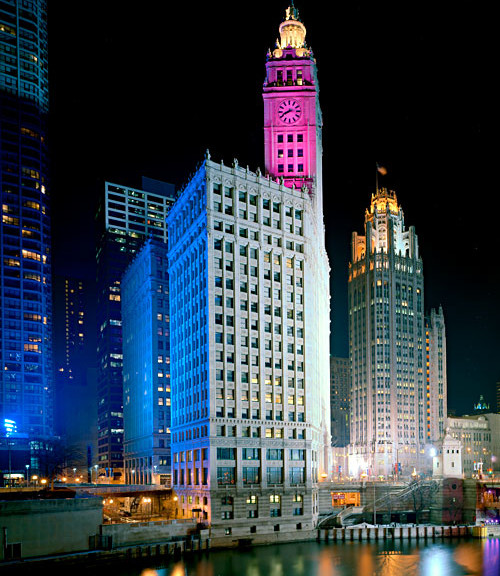
There’s just no end to the amount of things to see in Chicago, with all that architecture and art just waiting to be explored. Adding to the extremely long list of Chicago’s points of interest are, of course, the historical sites that have witnessed the city grow and change through the decades. These sites are the true treasures of Chicago, showing visitors and locals the rich heritage that produced this glorious city.
Just ask your Universal Taxi driver to take you to these historical points of interest, and experience the city’s rich history firsthand:
- Glessner House. Built in 1887, it was the home of Henry Hobson Richardson Glessner. He was one of the, if not the primary inspiration of a lot of Frank Lloyd Wright’s work. Inside the home is an amazing collection of decorative art and furniture as well as English arts and crafts.
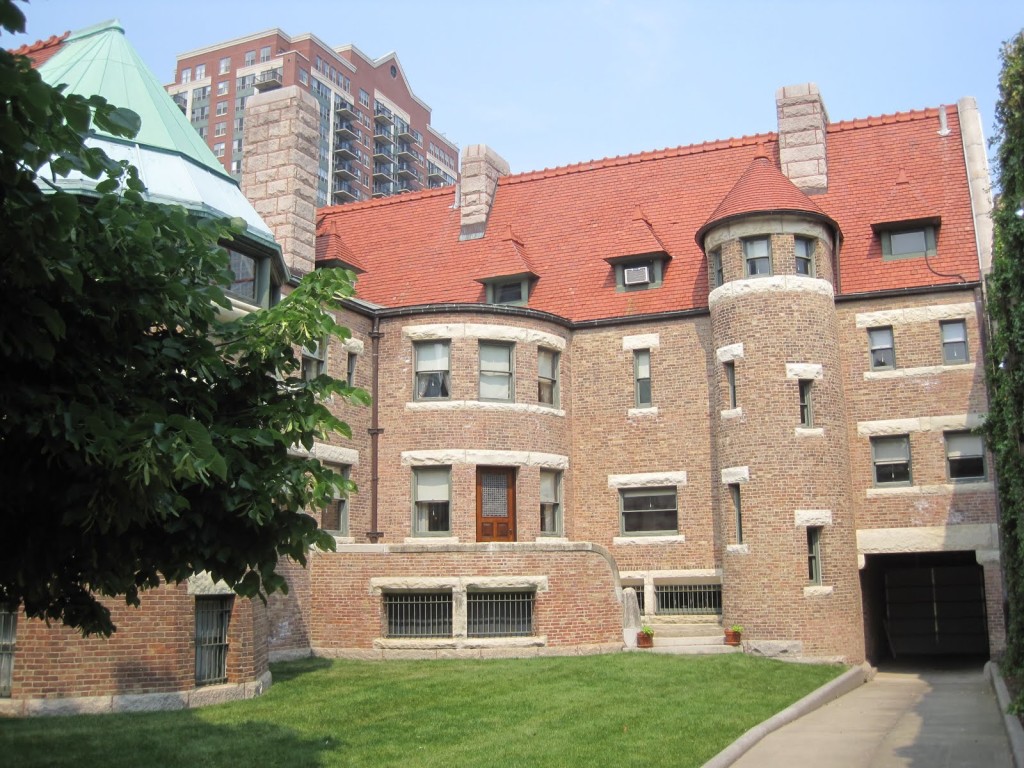
- Union Station. The Union Station’s Great Hall has always been one of the most photographed pictures you’ll see the moment you start looking into American history and architecture. At its peak, around 10,000 passengers went through it daily with around 300 trains taking them to different directions.
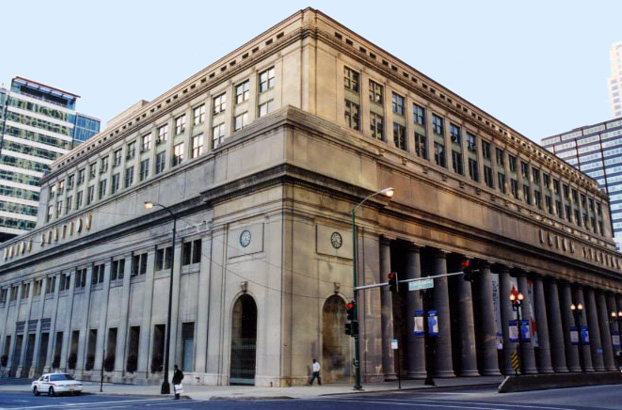
- Wrigley Building.This is not only a city landmark, but a national one as well. It is inspired by the Giralda Tower at the Seville Cathedral in Spain and displays an American version of the French Renaissance style.
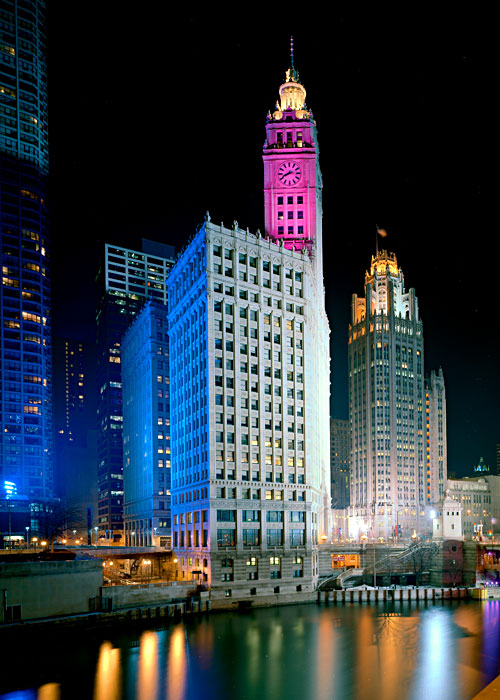
- Chicago Water Tower. Built in 1869, it is one of the few structures that survived the 1871 Chicago Great Fire. A limestone building that does not exactly look like a traditional water tower, the main structure is 154 feet high. This is also the first American Water Landmark in the country.
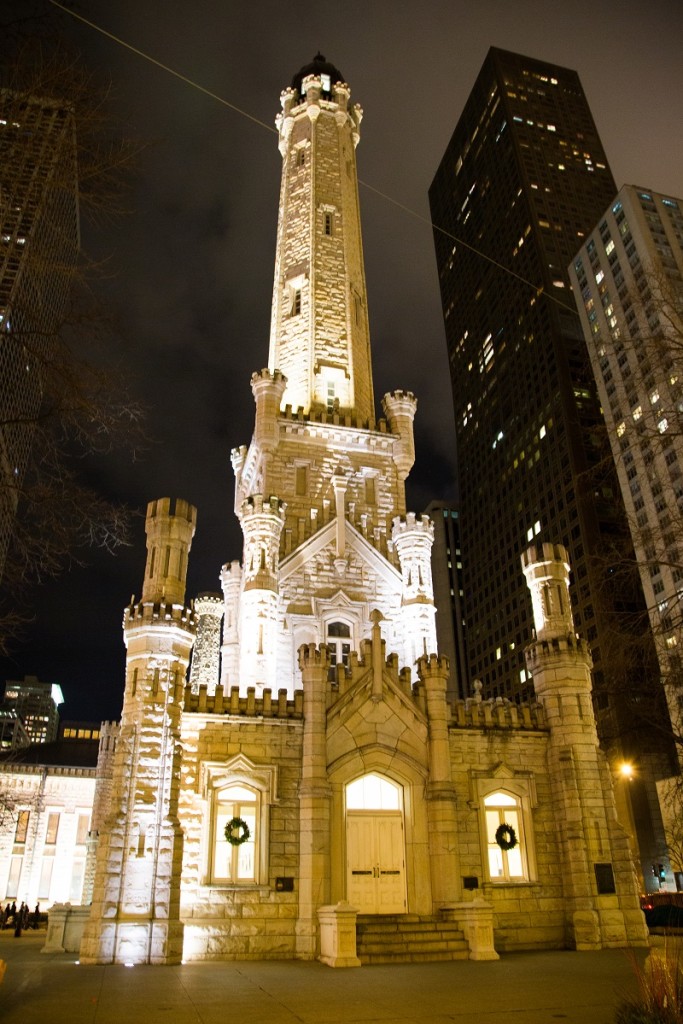
- Robie House. This structure is the perfect example of the Prairie House style of architecture as popularized by Frank Lloyd Wright. This architectural design is known as the first truly American style, and although the concept came all the way from 1910, it still continues to be a favorite until today.
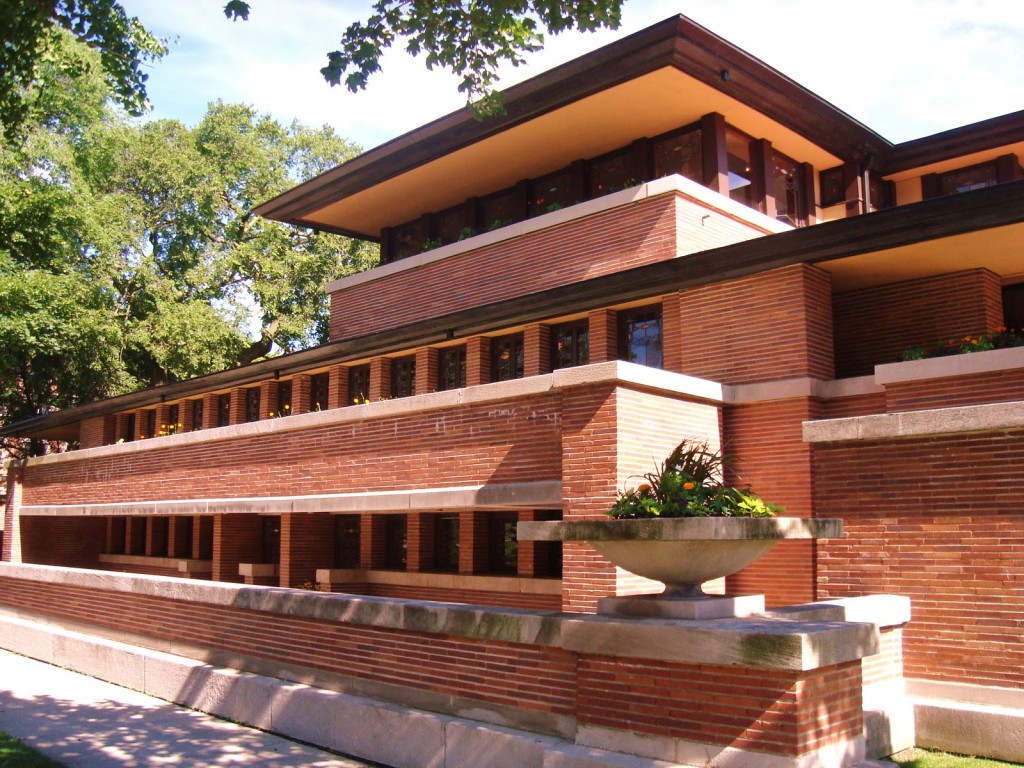
- Wrigley Field. It first opened in 1914, and has become one of the most important stops for anyone who visits Chicago since then. It is a testament to how fans truly love the Cubs, and the manual scoreboard coupled with its ivy-covered brick walls really takes you back into time.
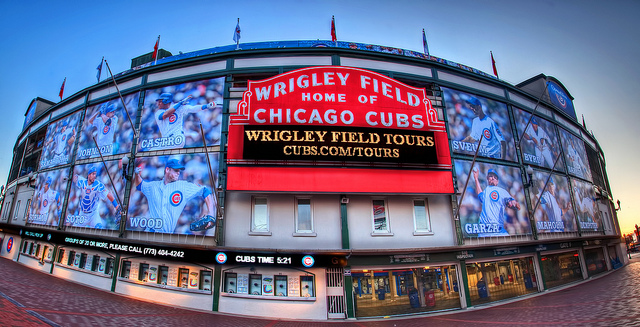
- Frank Lloyd Wright Home and Studio. The renowned architect started building his own home in 1889, and its transformation never really ceased the entire time the legend lived there. He made modifications as his needs and wants changed, and the entire design is so intricate that there is no doubt at all that he worked on it.
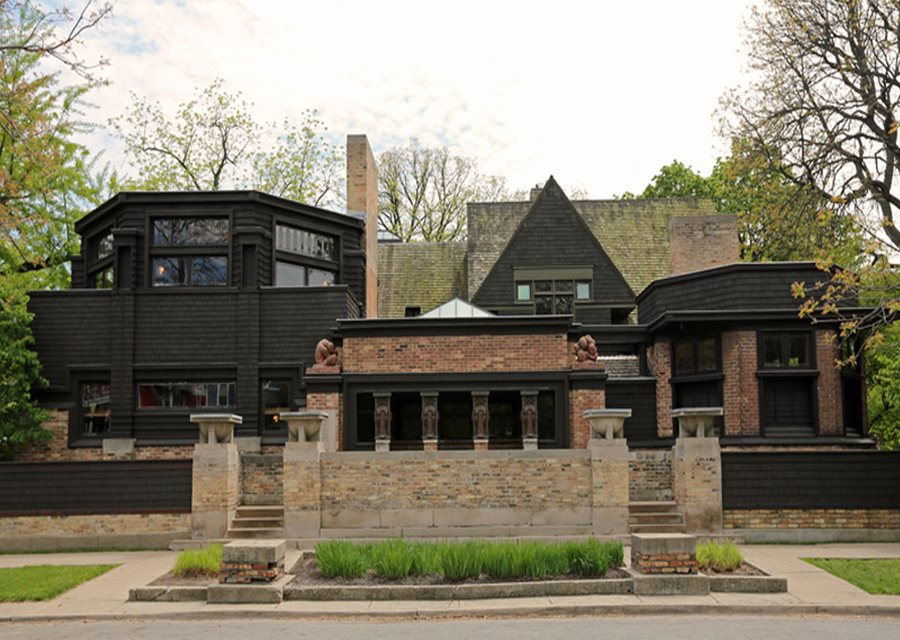
- Graceland Cemetery. If you feel comfortable standing in the midst of great people – dead great people, that is, Graceland Cemetery is the perfect place to visit. Designed in 1861, this beautifully landscaped site is not only home to famous gravesites, but to a few mysterious happenings at night as well, or so they say.
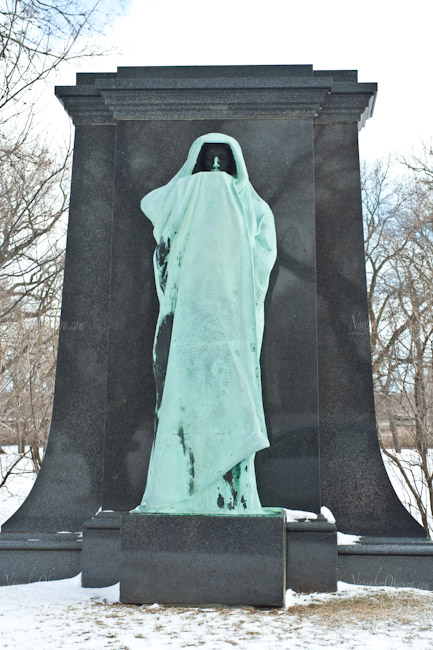
If you find yourself wanting to see more of Chicago’s history, just hop into a Universal Taxi and have the driver take you around these sites. This is the best way for you to truly savor the city’s past as well as know the great people who built and developed it to the beautiful city it is today.
Chicagoland's Taxi Company



















